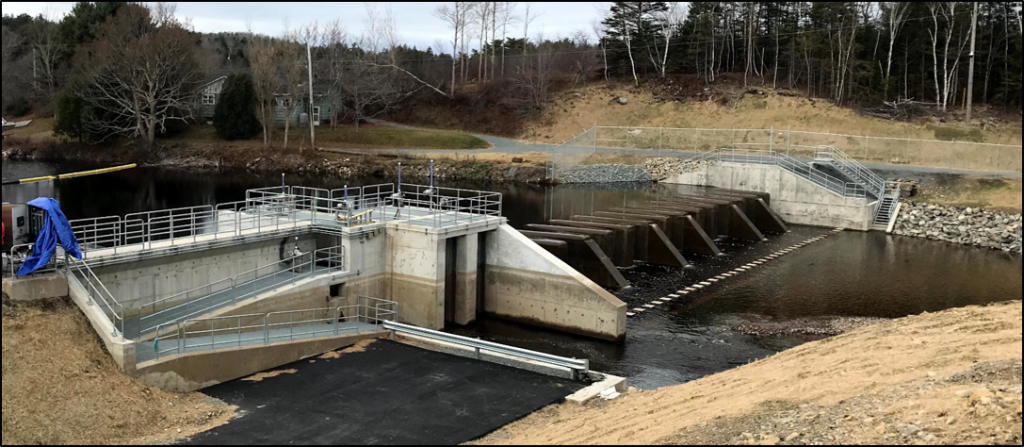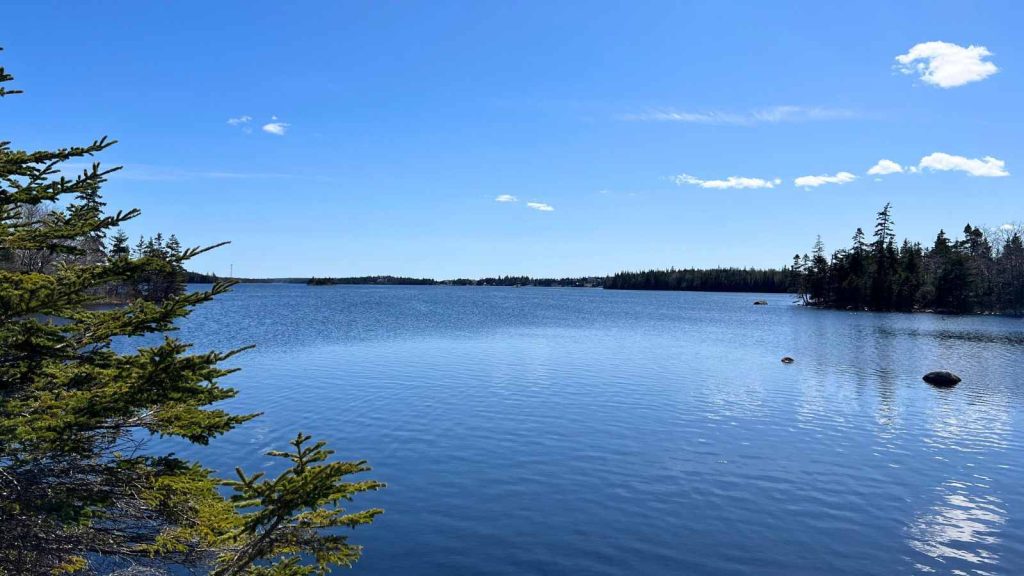Pathways Alliance to file for regulator approval on carbon capture project

Posted Mar 21, 2024 03:40:20 PM.
Last Updated Mar 21, 2024 07:01:20 PM.
CALGARY — A consortium of Canada’s largest oilsands companies will submit an application before the end of the week for approval of its proposed $16.5-billion carbon capture pipeline project.
The application by the Pathways Alliance industry group, which a spokesperson said will be filed before the end of Friday with the Alberta Energy Regulator, is a significant milestone for what could become one of the largest carbon capture and storage projects in the world if constructed.
The oilsands group — whose membership consists of Suncor Energy Inc., Canadian Natural Resources Ltd., Cenovus Energy Inc., Imperial Oil Ltd., MEG Energy Corp. and ConocoPhillips Canada — has previously stated that it cannot make a final investment decision for its marquee project until it has the regulator’s approval in hand.
Once underway, the regulatory process is expected to take at least a year.
But in an interview Thursday, Pathways president Kendall Dilling said the filing should be interpreted as a sign of commitment by the companies to the project.
“Anybody who understands what’s required to prepare and submit a regulatory application like this, I think would understand that it is a serious milestone and a reflection of serious commitments and investment,” Dilling said.
“It’s been a couple of years and $100 million in investment to get to this stage where you could file an application. Yeah, that’s not (a final investment decision), but it’s also by no means trivial.”
This week’s development is much anticipated; it comes nearly three years after Canada’s largest oilsands companies announced they would band together in a joint effort to reduce greenhouse gas emissions from oilsands production.
The companies are proposing to build a 400-kilometre line that would ultimately transport carbon dioxide emissions from 20 different oilsands production facilities in northern Alberta and embed them safely in an underground storage hub.
Pathways has said the project could help its member companies achieve a 32 per cent reduction from 2019 emissions levels by 2030.
It is the centrepiece of the oilsands industry’s pledge to achieve net-zero greenhouse gas emissions by 2050, something the industry must do if Canada is to meet its international climate commitments.
But Pathways has been criticized for its perceived slowness in getting shovels in the ground. The consortium has spent much of the last three years lobbying for federal and provincial support for its project.
While the federal government has pledged an investment tax credit for carbon capture and storage projects, as well as promised a mechanism to backstop the price of carbon in order to give certainty to companies considering investing in emissions reducing technology, the details of both have yet to be hammered out.
“There’s lots of tools that have been put on the table as part of the overall solution, but it’s taken time — and frankly, a frustratingly long time, from all parties’ perspectives — to actually translate the idea into something close to a term sheet that is the kind of thing you need to actually make a final investment decision,” Dilling said.
“I think when you hear industry saying there’s still a gap, or we’re not there yet, what they’re saying is, ‘we still can’t take these things to the bank.’ “
As recently as this month, oilsands executives have publicly stated that the level of government support announced for carbon capture so far in Canada is not enough to make the Pathways project competitive.
At Cenovus’ recent investor day, the company’s chief sustainability officer Rhona DelFrari said Canada risks being left behind due to a lack of competitive fiscal incentives.
“With what we know today … the government funding partnerships in Canada are not enough for large-scale (carbon capture) to proceed in the oilsands,” DelFrari said at the company’s recent investor day.
The Pathways project also faces a degree of uncertainty in the form of the federal government’s proposed cap on emissions from the oil and gas sector, which industry leaders have warned could lead to companies having to shut in production.
Oilsands companies are also facing pushback from some Indigenous groups along the pipeline’s route. At least seven Alberta First Nations have expressed concerns about the project and have formed a working group in search of answers as to how the project will affect safety and the environment.
But Dilling said he’s still hopeful a final investment decision will be made before the end of 2025, with construction beginning in 2026.
“2026 is realistically the earliest that I would expect that we would be turning dirt, and I know that’s a long way away. I mean, we all wish we could just start putting shovels in the ground tomorrow,” he said.
“But there’s just all kinds of steps that you can’t shortcut, or things go really wrong.”
In late February, federal Natural Resources Minister Jonathan Wilkinson met with Pathways Alliance executives and urged them to work quickly to show progress on their decarbonization efforts.
In an emailed statement Thursday, Wilkinson’s press secretary Carolyn Svonkin acknowledged the regulatory application is a “step forward.” But she pointed out Pathways had previously stated its intent to bring forward its regulatory submission in the fall of 2023.
“Minister Wilkinson expects and looks forward to Pathways taking other necessary steps to move expeditiously to complete their flagship project, including achieving their stated goal of placing first purchase orders for pipe in early 2024,” Svonkin said.
Dilling said the Pathways project is so critical to Canada’s and the oilsands industry’s climate goals that it will be built, one way or another.
But he acknowledged that to achieve the group’s originally stated goal of cutting 22 million tonnes of oilsands emissions by 2030, time is running out.
“It is still absolutely doable … but we basically need everything to go according to plan from here to hit 2030,” he said.
“Even in a worst-case scenario where some of it is delayed, I still think we’ll have CO2 going in the ground by 2030. It would be more of a question of whether it’s the full complement, or if it’s an initial tranche and we continue to ramp up from there.”
This report by The Canadian Press was first published March 21, 2024.
Amanda Stephenson, The Canadian Press
<!– Photo: 20240321140336-65fc7e1473c185273dbef033jpeg.jpg, Caption:
Pathways Alliance CEO Kendall Dilling is interviewed at the World Petroleum Congress in Calgary, Monday, Sept. 18, 2023. The Pathways Alliance consortium of oilsands companies says it is filing an application for regulatory approval of its massive proposed carbon capture pipeline project. THE CANADIAN PRESS/Jeff McIntosh
–>
<!– Photo: 20240321140336-65fc7e1473c185273dbef033jpeg.jpg, Caption:
Pathways Alliance CEO Kendall Dilling is interviewed at the World Petroleum Congress in Calgary, Monday, Sept. 18, 2023. The Pathways Alliance consortium of oilsands companies says it is filing an application for regulatory approval of its massive proposed carbon capture pipeline project. THE CANADIAN PRESS/Jeff McIntosh
–>








